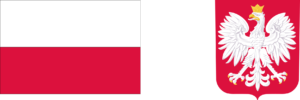Romania’s resident population dropped by 31,545 people over the past year, reaching 19,036,031 inhabitants as of January 1, 2025, according to new data from the National Institute of Statistics (INS) published on Friday. The figures highlight a deepening demographic crisis marked by persistent population decline and accelerated aging.
The primary driver of the decrease was a negative natural growth of -101,800 people, with deaths far outnumbering births. Urban areas were also affected, with the resident population in cities falling to 9.768 million — a 1.3% drop compared to the same period in 2024.
INS data confirm that demographic aging is intensifying. The population aged 65 and over now accounts for 20.3% of the total, while the share of children (aged 0–14) declined from 15.9% to 15.6% over the past year. The demographic aging index climbed from 125.8 to 130 elderly persons per 100 young persons, underscoring the growing imbalance between generations.
Meanwhile, the demographic dependency ratio — the number of young and elderly people compared to the working-age population — remained stable at 56.1 per 100 adults.
Migration slightly mitigated the population decline, with 58,800 more immigrants than emigrants in 2024. Men represented the majority among both emigrants (57.6%) and immigrants (58.3%).
“Romania continues to be a country of immigration. However, the positive migration balance, which was lower than in previous years, was not enough to offset the negative natural growth. As a result, on January 1, 2025, Romania’s resident population was smaller than one year earlier,” the INS report stated.






